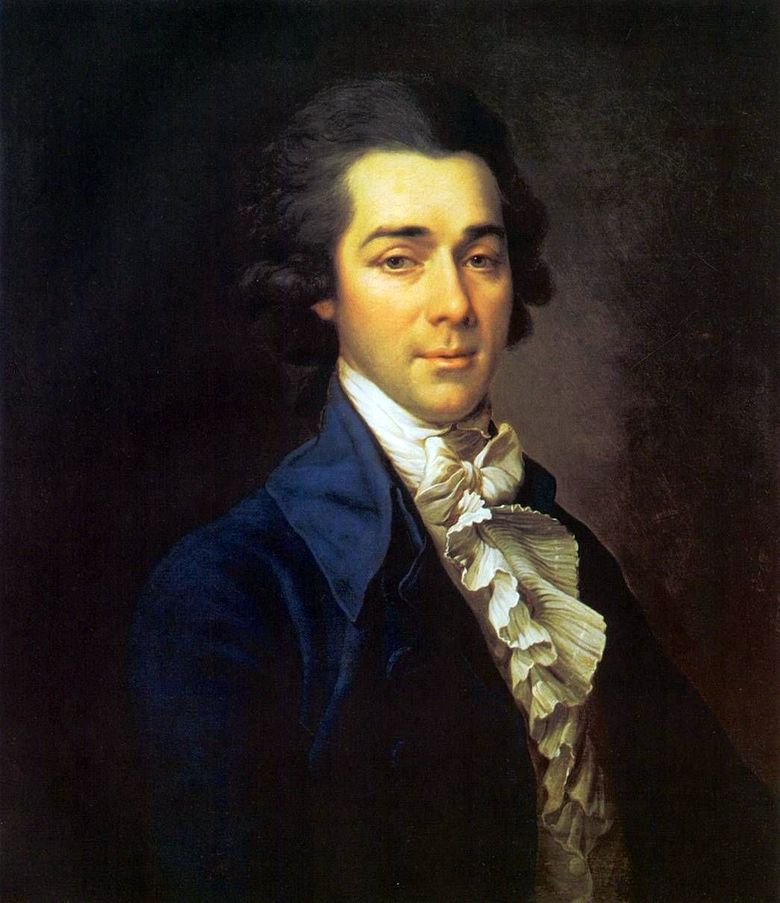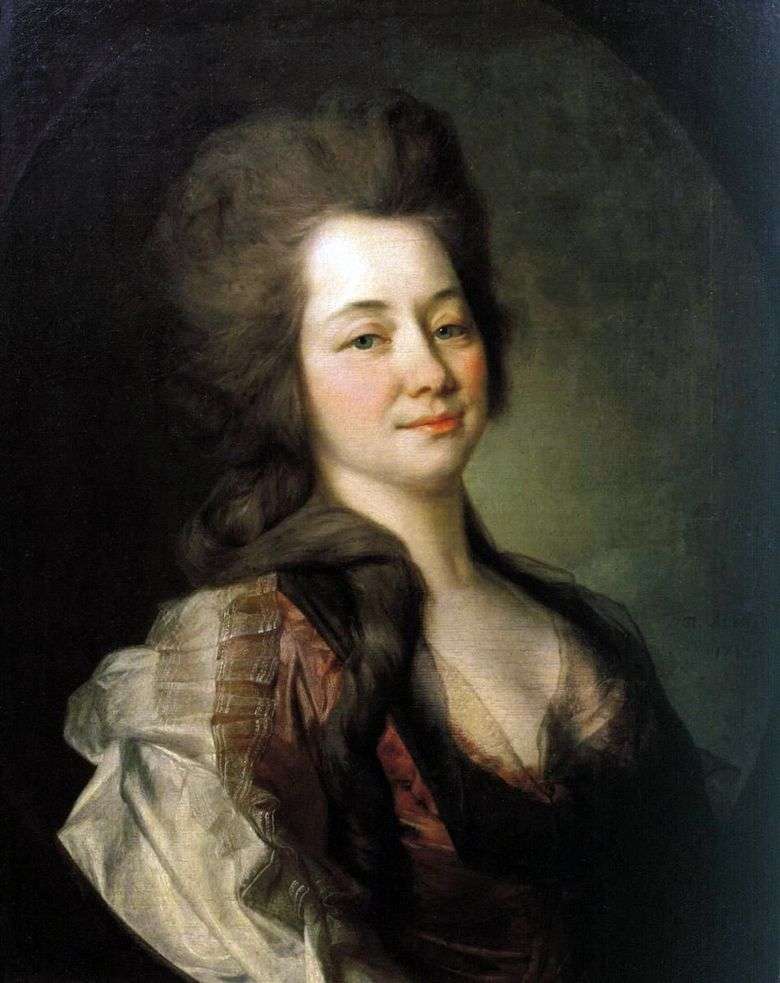
Lvov Nikolai Alexandrovich.3.1751, Nikolskoye-Cherenchitsa estate, near Torzhok, now Kalinin Oblast, – 21 or 22.12.1803, Moscow), Russian architect and architecture theorist, graphic artist, poet, musician, inventor. Educated mainly self-taught; I studied architecture on my own. Member of the Russian Academy and honorary member of the St. Petersburg Academy of Arts. The representative of Russian classicism of the 2nd half of the 18th century.
In theoretical statements, L. called for creatively mastering the classical heritage, carefully taking into account the specific living and natural conditions of the country. In the architectural works of art, compact centric domed buildings with a laconic decorative design prevail. Works: Neva gates of the Peter and Paul Fortress and Post Office, Boris and Gleb Cathedral in Torzhok; estate complexes on the territory of Moscow, Kalinin and Novgorod regions; the land-borne Priory Palace in Gatchina; illustrations for Ovid’s Metamorphosis. L. – one of the founders of landscape style in Russian landscape art.
Developed methods of land construction, heating and ventilation of buildings. He also dealt with issues of economics, exploration and development of coal deposits. In the poetic work of L. affected the influence of partly sentimentalism, partly nascent Russian romanticism. In an effort to bring poetry to folk art, L. widely used folk vocabulary, tonic dimensions.
The text he created for the comic opera “The Coachmen on the Stand” includes recordings of the driver’s songs. L. composed a two-volume sheet music “Collection of Russian folk songs with their voices, Ivan Prach put on music”. Published one of the first translations of the Icelandic saga “The Song of the Norwegian Knight Harald the Brave”; also translated works by Petrarch, Sappho, and others.
 Retrato de Nikolai Aleksandrovich Lvov – Dmitry Levitsky
Retrato de Nikolai Aleksandrovich Lvov – Dmitry Levitsky Portrait de Nikolai Alexandrovich Lvov – Dmitry Levitsky
Portrait de Nikolai Alexandrovich Lvov – Dmitry Levitsky Portrait of M. A. Lvov by Dmitry Levitsky
Portrait of M. A. Lvov by Dmitry Levitsky Harvesting hay. The village of Nikolskoe, the estate of AN Lvov by Maxim Vorobiev
Harvesting hay. The village of Nikolskoe, the estate of AN Lvov by Maxim Vorobiev Portrait of A. D. Levitskaya (Agashi) by Dmitry Levitsky
Portrait of A. D. Levitskaya (Agashi) by Dmitry Levitsky Portrait of D. Didro by Dmitry Levitsky
Portrait of D. Didro by Dmitry Levitsky Portrait of N. A. Sezamov by Dmitry Levitsky
Portrait of N. A. Sezamov by Dmitry Levitsky Retrato de M. A. Lvov – Dmitry Levitsky
Retrato de M. A. Lvov – Dmitry Levitsky